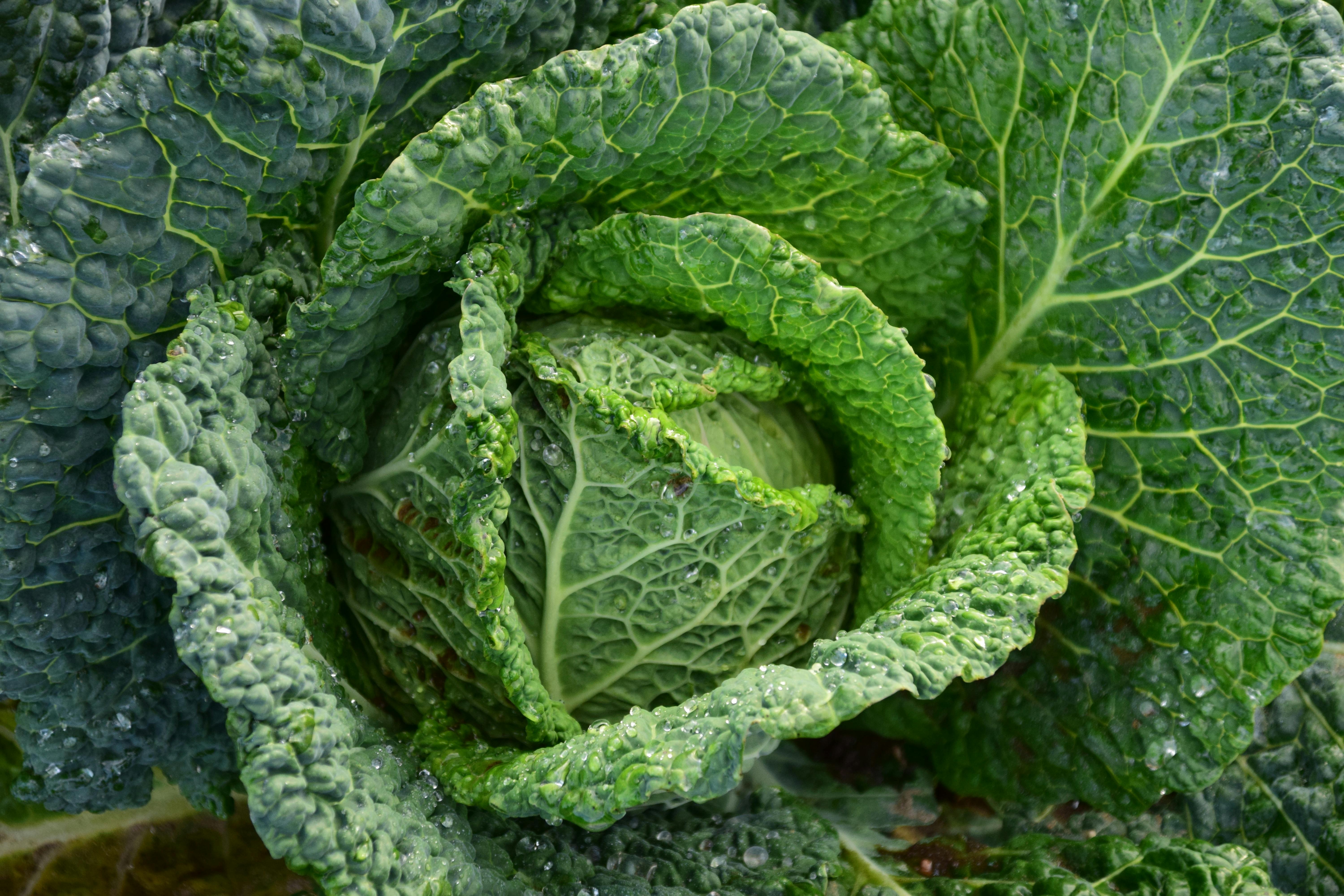Vertical gardening is a great way to make the most of limited space and grow an abundance of vegetables. With vertical gardening, you can make use of walls, fences, and other vertical surfaces to create a lush garden. There are many vegetables that can be grown in a vertical garden, including tomatoes, peppers, cucumbers, lettuce, kale, chard, and herbs. With the right setup and care, you can grow delicious vegetables in your vertical garden all year round.Growing vegetables in a vertical garden can offer numerous benefits. Firstly, it can help to save space as you can grow many more plants in a smaller area. Secondly, the plants are much easier to maintain as the growing surface is closer together and more accessible. Thirdly, it helps to conserve water by reducing the amount of water that is lost through evaporation. Fourthly, with increased air circulation and exposure to light, there is an increased chance of having healthier and larger fruits and vegetables. Finally, vertical gardens also look great and can be an attractive addition to any outdoor area.
Types of Vegetables Suitable for Vertical Gardening
Vertical gardening is an interesting way to grow vegetables in a limited space. It is a great way to maximize space and produce healthy vegetables. There are many types of vegetables that can be grown in this type of garden. Some of the most popular vegetables for vertical gardening include tomatoes, peppers, cucumbers, squash, eggplant, and beans. Tomatoes are some of the easiest vegetables to grow in a vertical garden as they need plenty of sun and can easily be trained up a trellis or fence. Peppers
Soil Requirements for Growing Vegetables Vertically
Soil is an essential part of vertical vegetable gardens and is often overlooked. The ideal soil for vertical vegetable gardens is a well-drained, loamy soil with a pH of 6-7. This type of soil will allow the roots of the plants to access the nutrients they need to grow and thrive. In addition, it will retain moisture, but not become compacted or soggy. To create optimal soil conditions, it is important to mix in organic matter such as compost and aged manure. This will help to
Structural Considerations for Vertical Gardening
When it comes to vertical gardening, there are a few important structural considerations to keep in mind. Firstly, the material that you use for your vertical garden should be strong enough to support the weight of the plants and soil that it will need to hold. The ideal materials for this purpose are metal, wood, or plastic. It is also important to ensure that your vertical garden is securely anchored in place, whether it be to the wall of your home or any other stable surface. This will help ensure that your vertical garden does
https://images.pexels.com/photos/2886937/pexels-photo-2886937.jpeg
Tips for Planting Vegetables in a Vertical Garden
Vertical gardening is a great way to maximize your space and grow more vegetables in a smaller area. There are a few tips to keep in mind when planting vegetables in a vertical garden. First, choose the right type of plants for your vertical garden. Select plants that have small root systems, such as lettuce, tomatoes, peppers, and herbs. These plants will be able to take advantage of the extra air and sunlight that comes with growing vertically.
Next, select the right type of

Watering and Fertilizing Requirements for Growing Vegetables Vertically
Growing vegetables vertically is a great way to maximize your garden space. It also helps to reduce the amount of soil erosion, as there are fewer large areas of soil exposed to rain and wind. However, when growing vegetables vertically, it is important to take into account the specific watering and fertilizing requirements for each vegetable.
When it comes to watering, vegetables that are grown vertically need more frequent watering than those grown in traditional rows. This is because
Common Pests and Diseases to Watch Out For
Having a garden can be a rewarding experience, but it is also important to be aware of the common pests and diseases that may affect your plants. Pests and diseases can cause serious damage and even death to your plants, so it is important to know what to look out for.
Insects are the most common garden pests, including aphids, caterpillars, mealy bugs, whiteflies, scale and mites. These insects can cause extensive damage by eating leaves and flowers
Harvesting Vegetables from a Vertical Garden
Harvesting vegetables from a vertical garden is an easy and rewarding experience. There are several benefits to harvesting your own vegetables, including knowing exactly where your food comes from and the satisfaction of being able to provide produce for your family. When harvesting vegetables from a vertical garden, it’s important to be mindful of the type of vegetable you’re harvesting, as well as when and how you should harvest them.
When harvesting vegetables, it is important to consider the type of vegetable

Conclusion
Vertical gardens are an excellent way to fit more plants into a smaller space and enjoy a beautiful garden with minimal effort. It is important to remember, however, that not all plants are suitable for vertical gardens. If you want to create a successful vertical garden, you need to choose the right vegetables to grow. Leafy greens such as lettuce, spinach, swiss chard and kale are ideal for vertical gardens as they don’t require much space or support. Tomatoes and peppers can also be grown in vertical gardens if the right supports and training techniques are used.
